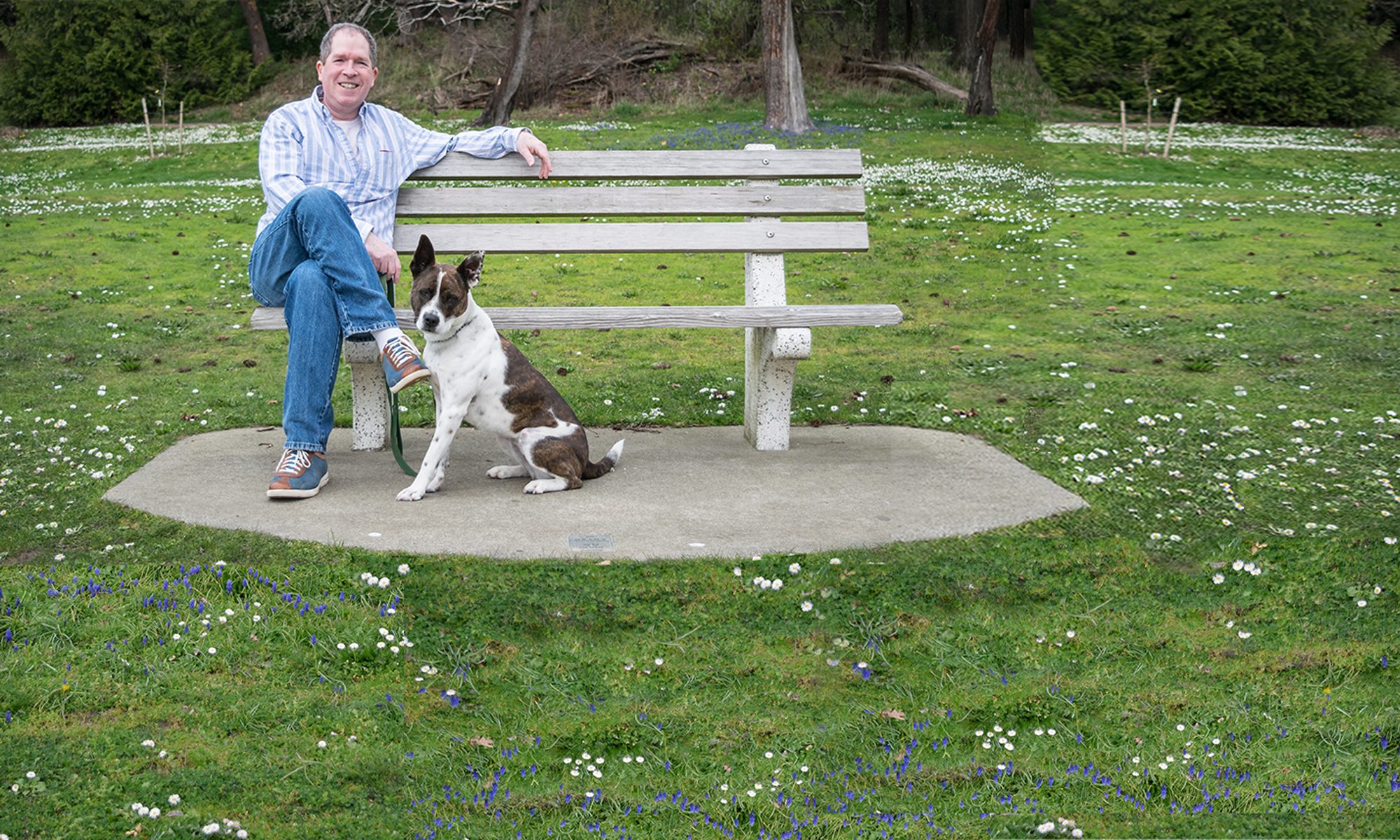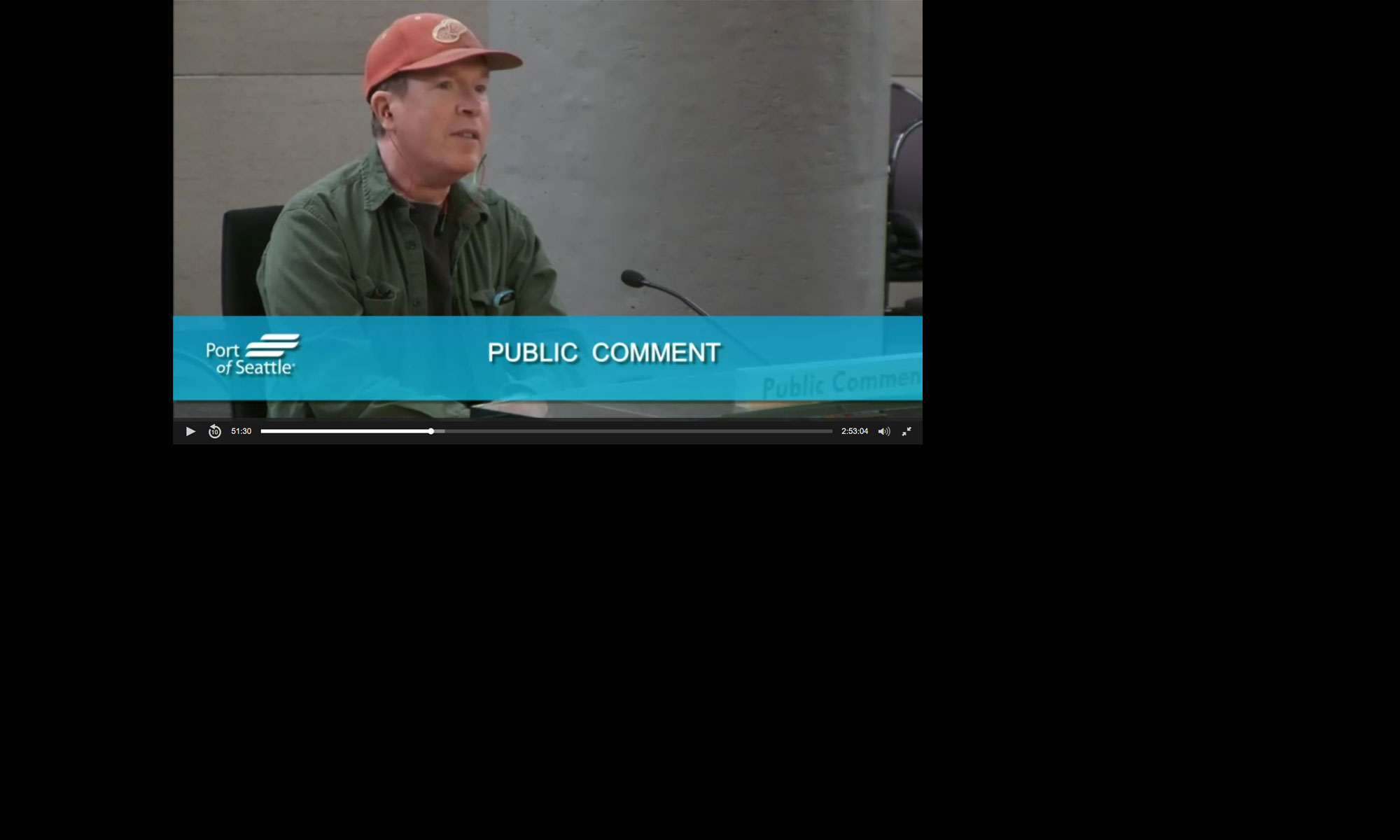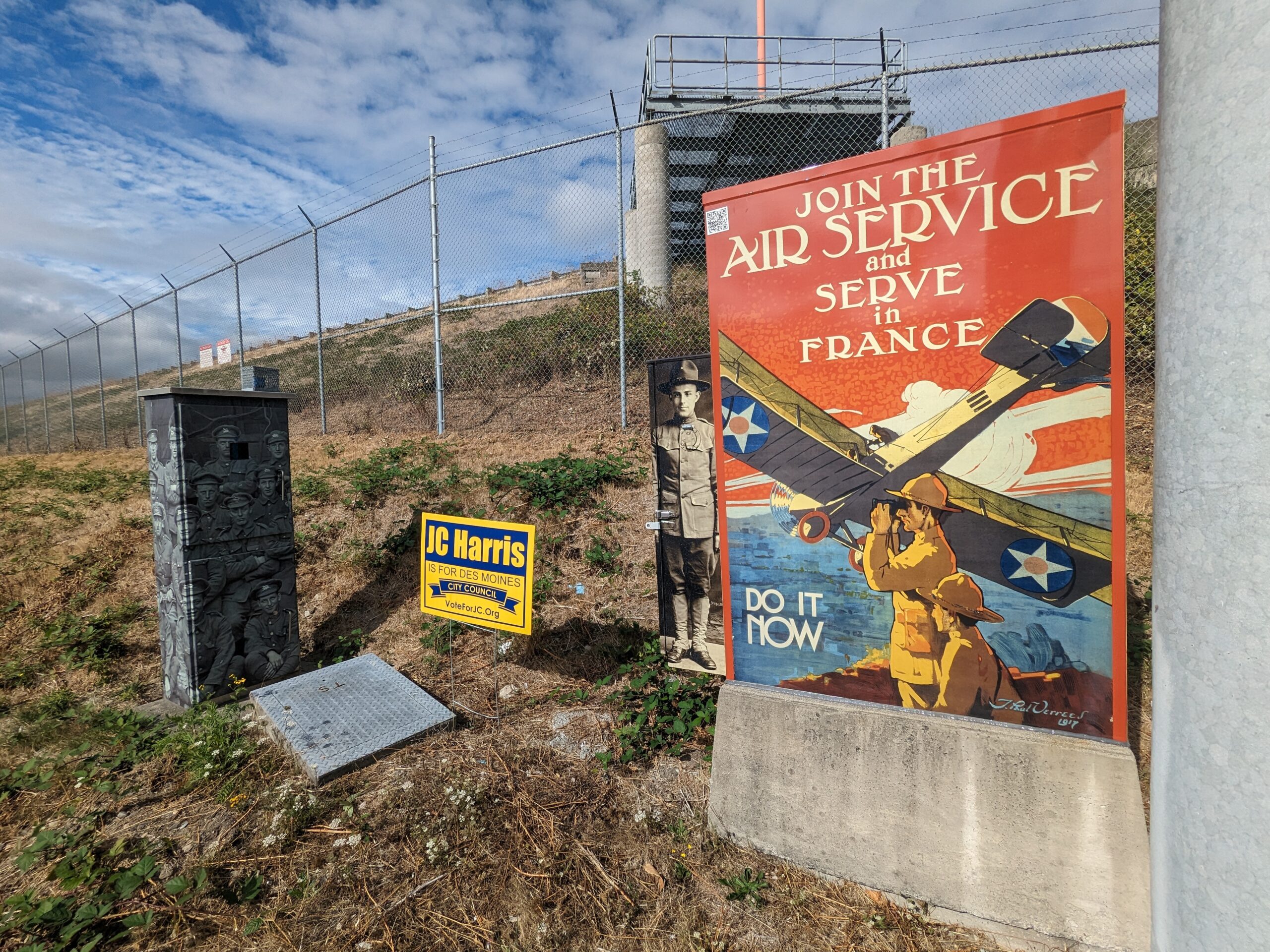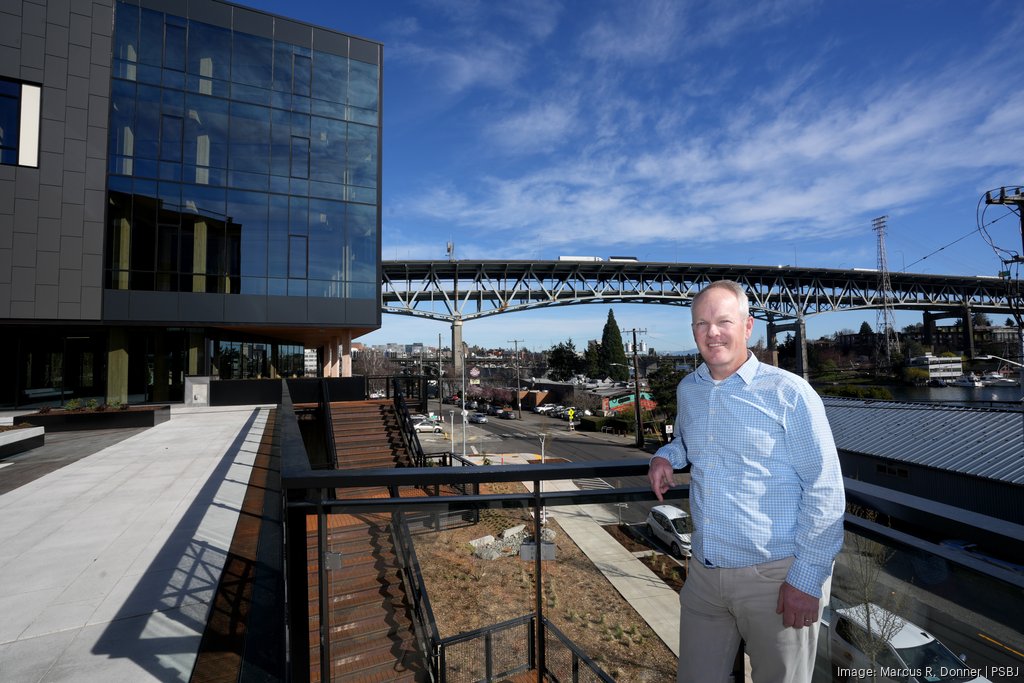At the site of Seattle’s first large-scale mass timber building, developers have incorporated infrastructure to address a common runoff problem

Ten years ago, Seattle real estate developers Mark Grey and Mike Hess saw a video of dying salmon fry in polluted, black coffee-colored runoff from the Highway 520 bridge. Lazerous like, the fish revived when they were put in the same water that had been filtered through soil and came out resembling weak herbal tea.
The experience led Hess Callahan Grey Group to incorporate green storm infrastructure like bioswales into three glassy office buildings, including the new Northlake Commons, Seattle’s now finished first large-scale mass-timber commercial office and lab project.
The developers say that each year a vegetation-studded drainage ditch on the lake side of the two-wing development will slow the flow of 2.6 million gallons of stormwater water from roofs, streets, parking lots and other impervious surfaces totaling 3 acres. That helps filter out pollutants and salmon-choking sediments before it seeps into the lake.
Related coverage
Inside the Northlake Commons project
Northlake Commons’ sturdy cross-laminated timber structure exudes both strength and warmth. With its jaw-dropping views of the lake and the city skyline off in the distance, the development offers an Emerald City vibe.
Northlake Commons is just off the Burke-Gilman Trail next to Dunn Lumber’s longtime headquarters.
In the other direction is the emerging Portage Bay Crossing, the University of Washington’s ambitious 69-acre innovation district with 3.8 million square feet of development potential.
Bicyclists can roll off the Burke Gilman onto Northlake Commons’ plaza, which is crowned by soaring, open-air catwalks that connect the project’s two wings. They’re among the development’s 1.5 acres of public and private open space.
Leasing activity has been virtually nonexistent in today’s moribund market, yet Northlake Commons has one signed restaurant tenant, Wayland Mill, for more than 3,700 square feet, plus a signed letter of intent with an unnamed 50,000-square-foot of office user. (Wayland Mill is a new concept by the owner of Post Alley Pizza, Saint Bread and Tivoli.)
The rentable space of the nearly 200,000-square-foot life-science office building has an unusual mix of users with Dunn operating a lumber storage and drive-through pick-up area at the base of the building next to a showroom of windows, doors and cabinets.
Hanging above the showroom will be a racing shell made by the famed George Pocock, whose shop was just across the street in a building where today Dale Chihuly’s Boathouse studio operates, next to Ivar’s Salmon House.
The land that Northlake Commons occupies is where Dunn Lumber’s headquarters has operated for 93 years. The family is an investor in the project, contributing the land, while San Francisco-headquartered Spear Street Capital is HCG’s equity partner.
Grey, principal at HCG, declined to provide the total development cost, but said the project “cut no corners.”
Grey’s path to making green stormwater infrastructure part of his company’s developments actually came before he saw the video of the salmon fry coming back to life.
In 2012, he noticed oil-slicked water on Lake Union. He assumed it was coming from a marina but discovered it was coming from the catch basin of a nearby parking lot.
Grey, KPFF Principal Jeremy Febus and others established Clean Lake Union, LLC to identify and finance the installation of bioretention swales around the lake in collaboration with commercial landowners, developers and local government officials.
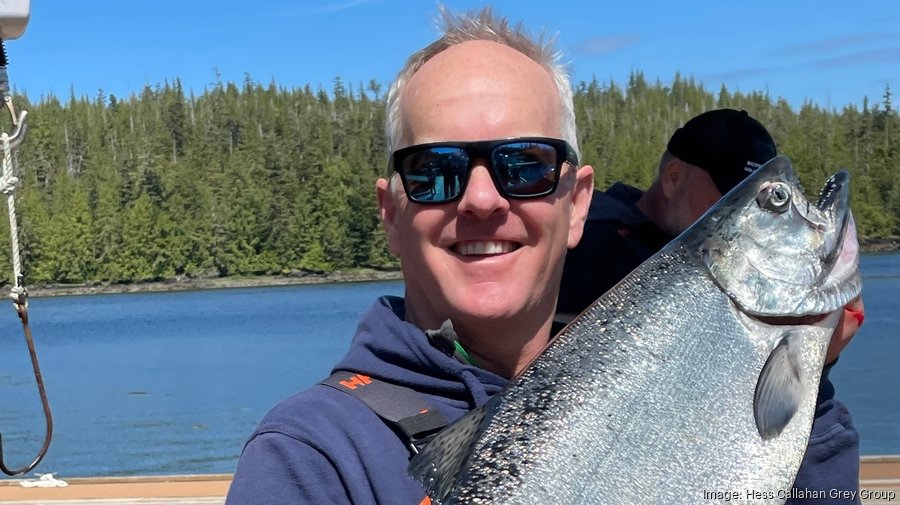
Six years ago Clean Lake Union obtained 501(c)(3) status operating as Clean Washington Waters, whose goal is to foster the installation of bioswales throughout the region.
Rob Dunn, who oversees Dunn Lumber’s real estate, is proud the intertwined histories of his family’s 114-year-old business and the neighborhood have been woven into the project.
He notes Northlake Commons is one of the few pieces of private property with direct access to the Burke-Gilman.
“Our development partners, Hess Callahan Grey, came up with the idea of putting in the bioswale at the at the south end there, and what a neat thing. … Here’s a chance to do something for water quality in Lake Union.”
Joe Gowan and Lloyd Low of JLL are marketing the office space for lease. Jake Thurber, Brennan McClurg and Steve Erickson of First Western properties are in charge of finding retail tenants.
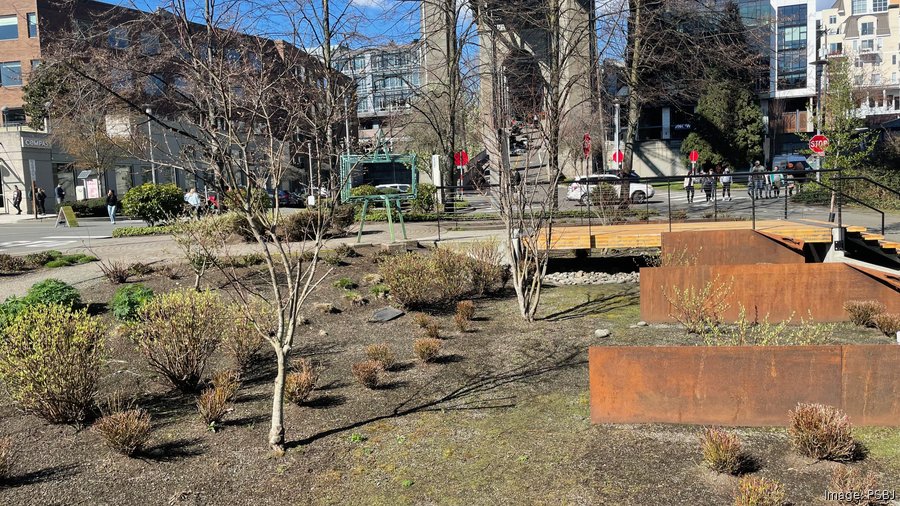
Why bioswales matter
For over 20 years, Seattle Public Utilities and different partners have built bioswales and other green stormwater infrastructure on public rights-of-way.
“(Northlake Commons) is an extraordinary first for Seattle Public Utilities, where a private property owner offered to partner to go above and beyond regulations, offer space, and grant an easement to situate a regional bioswale on their parcel,” said Kevin Burrell, a strategic adviser at SPU.
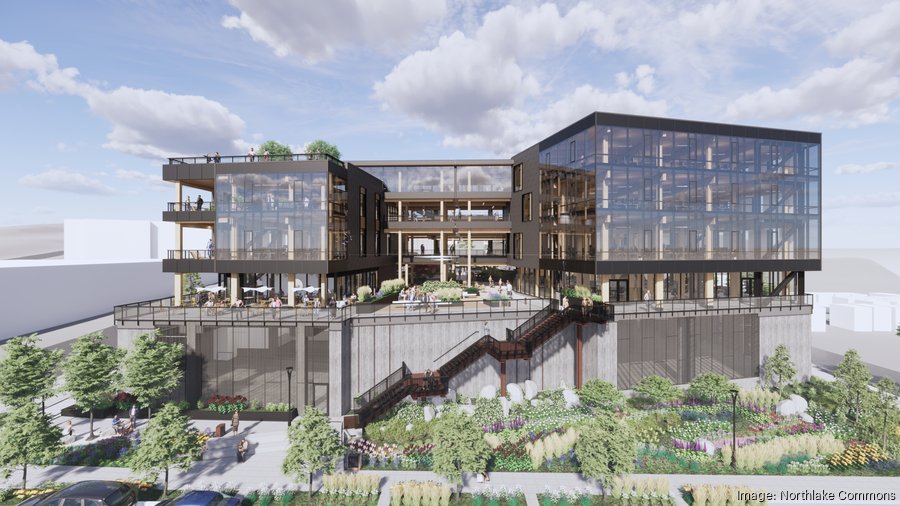
SPU’s largest bioswale is the Swale on Yale in the South Lake Union area. Built through a partnership between SPU and Vulcan Inc., it has treated hundreds of millions of gallons of stormwater from 435 acres on Capitol Hill.
Around the time that HCG was embarking on the development of a steeply sloped Fremont property under the Aurora Bridge, civil engineer Febus, of KPFF, showed Hess and Grey the video of dying baby salmon that were revived when they were put in water filtered through soil.
It inspired HCG to work with KPFF, architecture company Weber Thompson and DCI Engineers on three developments on the north end of the lake that together filter 4.6 million gallons of stormwater a year.
In addition to Northlake Commons, there are Data 1, Salesforce’s five-story building; Watershed, a seven-story building that houses Weber Thompson and the Schultz Family Foundation; and the third one at Quadrant Lake Union Center.
The Watershed and Data 1 swales consist of steel weirs along Troll Avenue North, under the Aurora Bridge, that hold water, with sediments and contaminants getting filtered through dirt. This series of bioswales was one of the 10 winners in last year’s Americas Awards for Excellence by the Urban Land Institute.

Partnerships like SPU and HCG’s are critical to ameliorating polluted stormwater, said Brian Mickelson, an SPU strategic adviser for green stormwater infrastructure.
“It’s a problem that is so entrenched and so complex that it’s going to require a solution that includes partnerships. We can’t do it all ourselves,” he said, adding a big benefit of green stormwater infrastructure projects like this are they can be built “relatively quickly and for the most part more cheaply.”
